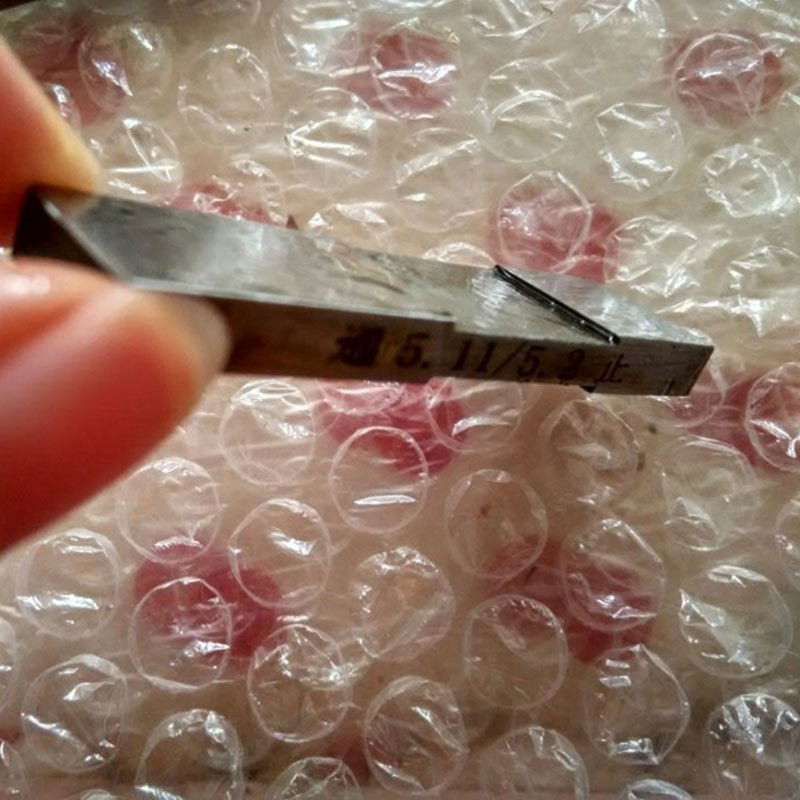Nën . 22, 2024 14:20 Back to list
hydraulic check valve
Understanding Hydraulic Check Valves Essential Components in Fluid Mechanics
Hydraulic check valves play a crucial role in various fluid systems, ensuring that fluids flow in one direction while preventing backflow. This functionality is vital in maintaining the integrity and efficiency of hydraulic systems found in numerous applications, from industrial machinery to automotive systems and airplane hydraulics. In this article, we will explore the purpose, design, and applications of hydraulic check valves, shedding light on their importance in fluid dynamics.
The Purpose of Hydraulic Check Valves
The primary purpose of a check valve is to allow fluid to flow in one direction while preventing it from flowing backward. This is particularly important in hydraulic systems where backflow can result in system inefficiencies, potential damage to components, and operational hazards. For instance, in hydraulic lift systems, if the fluid were to backflow, the lift could drop suddenly, posing a risk to both the machinery and operators.
Check valves operate automatically. They do not require any external power source or manual intervention to function. Instead, they rely on the pressure differential between the inlet and outlet sides of the valve. When fluid flows in the desired direction, it pushes against the valve’s mechanism (usually a ball or a disc) that opens to allow flow. If any backflow occurs, the pressure differential closes the valve, thereby preventing reversal.
Design and Functionality
Hydraulic check valves come in various designs, each tailored to specific applications and flow requirements. The most common types include
1. Ball Check Valves Utilize a spherical ball that moves up and down. When fluid flows, the ball lifts, allowing fluid passage. When backflow occurs, the ball sits in the seat, creating a seal that prevents reverse flow. 2. Disc Check Valves Employ a hinged disk that swings open to allow forward flow and closes when flow reverses. This design is often found in larger systems due to its efficient size and operation. 3. Spring-Loaded Check Valves Incorporate a spring mechanism that holds the valve closed until the pressure of the fluid overcomes the spring tension. This type allows for a more controlled opening and closing of the valve.
The choice of valve design can significantly affect the system's efficiency and responsiveness. Factors such as flow rate, pressure, temperature, and the type of fluid being used all influence this decision.
hydraulic check valve

Applications of Hydraulic Check Valves
The applications of hydraulic check valves are extensive and varied across multiple industries
- Manufacturing and Industrial Automation In heavy machinery, hydraulic check valves ensure systems like hydraulic lifts, presses, and other equipment operate safely and efficiently.
- Automotive Systems In vehicles, hydraulic systems that control braking and steering often utilize check valves to maintain fluid pressure and prevent backflow, ensuring reliable performance.
- Aerospace Aircraft hydraulic systems depend on check valves for the smooth operation of flaps, landing gear, and other critical components to guarantee safety and functionality.
- Water Systems In water treatment and distribution systems, check valves prevent backflow, safeguarding the integrity of drinking water supplies and ensuring proper flow dynamics.
Conclusion
Hydraulic check valves, despite their seemingly simple design, are integral components in many hydraulic systems. Their ability to prevent backflow not only enhances the safety and reliability of various applications but also contributes to the overall efficiency of fluid systems. As technology continues to evolve, advancements in materials and design will likely lead to even more efficient valve options available on the market. Understanding how these valves work and their importance in various applications can facilitate better system designs and enhance operational safety across multiple industries. Whether in manufacturing, automotive, aerospace, or water systems, hydraulic check valves will remain a staple in fluid control technology.
-
Safety Standards in Welding Fabrication Table Manufacturing ProcessesNewsJun.30,2025
-
Impact of Temperature Fluctuations on Ring Gauge AccuracyNewsJun.30,2025
-
History of Cast Iron Surface Plates in ManufacturingNewsJun.30,2025
-
Eco-Friendly Granite Measuring ToolsNewsJun.30,2025
-
Surface Plate Maintenance Best Practices for LongevityNewsJun.27,2025
-
Historical Evolution of Iron Surface Plates in Industrial MetrologyNewsJun.27,2025
Related PRODUCTS









